It’s easy to feel like life is constantly running on autopilot. We rush from one task to the next, our minds already jumping ahead to what’s next on the to-do list. If that sounds familiar, you’re not alone. I used to live that way, too, until I learned how to practice mindfulness. It’s not about emptying your mind or sitting still for hours. It’s simply about paying attention to the present moment, on purpose, without judgment. Before we get into the how, it can be helpful to have a clear picture of what mindfulness is at its core. Whether you have one minute or fifteen, these simple techniques can help you build a practice that fits right into your busy life, reducing stress and bringing a little more calm to your day.
What Is Mindfulness and Why Practice It
Mindfulness is the practice of intentionally bringing your awareness to the present moment. It means noticing your thoughts, feelings, bodily sensations, and the world around you without getting carried away by them. Many people think mindfulness means you need to join a monastery or sit for an hour every day, but that’s a common misconception. It’s a practical skill for anyone.
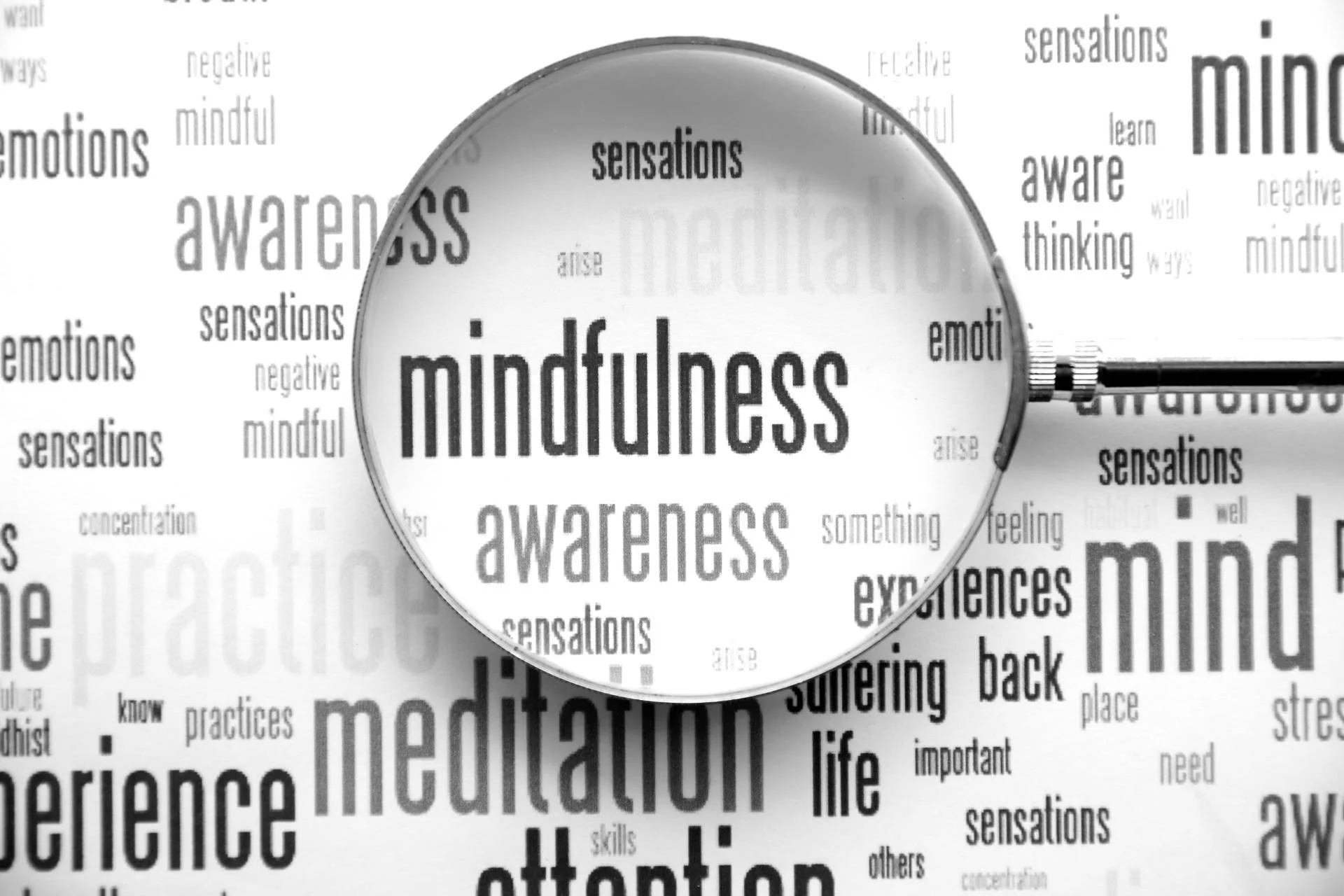
Core Principles of Mindfulness Practice
At its heart, mindfulness is built on a few key ideas. The first is present-moment awareness—simply noticing what’s happening right now. The second is non-judgmental observation. When thoughts or feelings arise, you just note them (“Oh, there’s a thought about my grocery list”) without labeling them as good or bad. You also practice acceptance, letting your experiences be what they are. Finally, when your mind inevitably wanders (which is completely normal!), you gently guide your attention back. That return is the core of the practice, not a sign of failure.
Benefits for Mental and Physical Health
This isn’t just about feeling good; the benefits are backed by solid research. Studies have shown that a regular mindfulness practice can significantly reduce stress and anxiety. The American Psychological Association notes its effectiveness in helping people manage difficult emotions. It can also improve concentration and cognitive function. People who practice mindfulness often report better emotional regulation and higher quality sleep. Some research even points to physical benefits, like lower blood pressure.
Preparing for Your Mindfulness Practice
Getting ready for your practice doesn’t have to be complicated. The goal is to set yourself up for success, whatever that looks like for you. It could be a quiet corner of your home or even just a park bench during your lunch break. The key is to find what works for you.
Creating a Comfortable Practice Space
Having a dedicated space can be helpful, but it’s not a requirement. If you can, find a quiet spot where you won’t be easily distracted. You can sit on a cushion on the floor or in a chair. Make sure the temperature is comfortable and the lighting is soft. A tidy space can help create a calmer mind, but remember, you can practice mindfulness anywhere—in a waiting room, on the bus, or in line at the grocery store.

Setting Realistic Time Goals
One of the biggest hurdles for beginners is feeling like they don’t have enough time. So, start small. Seriously, just one to five minutes a day is a fantastic starting point. Consistency is far more important than duration. You could try a one-minute breathing exercise in the morning, a five-minute meditation after work, or a ten-minute body scan before bed. The idea that longer sessions are always better is a myth. A few focused minutes each day builds a stronger habit than one long session every few weeks.
Mindful Breathing Techniques
Your breath is the most powerful tool you have for anchoring yourself in the present. It’s always with you, and focusing on it can bring you back from a storm of thoughts. This is often the first technique people learn, and for good reason—it’s simple and incredibly effective. If you want to explore more, there are many specific mindfulness breathing exercises you can try.
One-Minute Breathing Meditation
If you feel overwhelmed and have just a minute to spare, this is for you.
- Find a comfortable position, either sitting or standing.
- Gently close your eyes or soften your gaze, looking down at the floor.
- Breathe in through your nose for a count of five.
- Breathe out through your nose for a count of five.
- Repeat this about six times.
This simple exercise can reset your nervous system and is perfect for a busy schedule. If a minute feels too short, you might find a three minute mindfulness practice is a great next step.
Following Your Natural Breath
Another approach is to simply observe your breath without trying to change it at all. Just notice the physical sensations. You might feel the cool air entering your nostrils and the warm air leaving. Or you could notice the gentle rise and fall of your chest or abdomen. When your mind wanders off—and it will—just gently notice where it went and guide your attention back to the sensation of your breath. Every time you do that, you are strengthening your mindfulness muscle.
Body Scan Meditation Practice
The body scan is a fantastic way to check in with your physical self and release tension you might not even know you’re holding. It involves bringing your attention to different parts of your body, one by one. Typically, a body scan can last anywhere from 10 to 15 minutes.
Step-by-Step Body Scan Instructions
- Lie down on your back in a comfortable position, with your arms by your sides and legs uncrossed. You can also do this while sitting in a chair.
- Close your eyes and take a few deep breaths.
- Bring your awareness to the toes of your left foot. Notice any sensations—tingling, warmth, coolness—without judgment.
- Slowly, move your attention up your left leg, to your calf, knee, and thigh.
- Repeat with your right foot and leg.
- Continue this process through your hips, abdomen, back, chest, arms, hands, shoulders, neck, and finally, your head and face.
Using Body Scan for Stress Relief
As you scan your body, you might notice areas of tightness or discomfort. This is where your body is holding onto stress. When you find a tense spot, you can try imagining your breath flowing into that area as you inhale. As you exhale, visualize the tension melting away. This practice helps reconnect your mind and body, promoting deep physical relaxation.
Sitting Meditation Methods
Formal sitting meditation is a structured way to train your attention. It involves setting aside a specific time to sit and focus on an anchor, like your breath, while allowing thoughts to pass by without getting attached to them.
Finding Your Ideal Sitting Position
There’s no single “correct” posture. You can sit on a cushion on the floor with your legs crossed, or you can sit in a chair with your feet flat on the floor and your back straight but not stiff. The goal is to find a stable and sustainable position where your spine is aligned and you can sit comfortably without fidgeting too much. Your hands can rest gently in your lap.
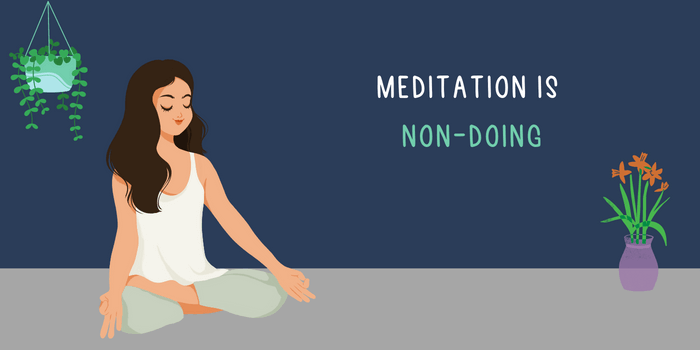
Working with Wandering Thoughts
Let’s be clear: your mind is supposed to wander. That’s what minds do. The goal of meditation isn’t to stop thinking; it’s to change your relationship with your thoughts. When you notice your attention has drifted to planning your week or replaying a conversation, the practice is simple:
- Notice that you’re thinking.
- Acknowledge the thought without judgment. You can even silently say “thinking” to yourself.
- Gently return your focus to your breath.
This act of returning, over and over, is the practice.
Walking and Movement-Based Mindfulness
If sitting still feels like a challenge, mindfulness in motion might be perfect for you. You can practice mindfulness while walking, doing yoga, or even running. The key is to keep your attention on the physical sensations of your body as it moves.
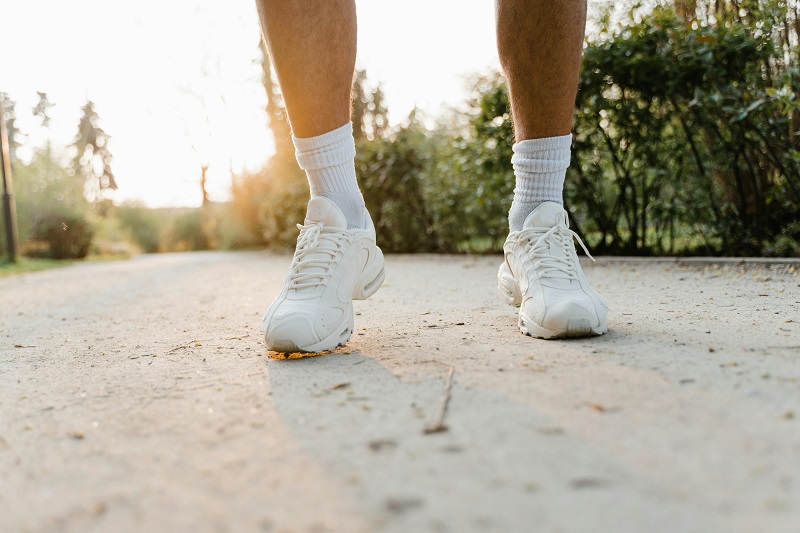
Practicing Mindful Walking Meditation
Find a clear path where you can walk back and forth, about 10-20 feet long.
- Stand at one end and feel your feet on the ground.
- Begin to walk at a slow, deliberate pace.
- Pay close attention to the sensations in your feet and legs. Notice the feeling of lifting one foot, moving it through the air, placing it down, and the shift in weight.
- When you reach the end of your path, pause, turn mindfully, and continue back.
Integrating Mindfulness into Daily Movement
You don’t need a special “meditation walk” to practice this. You can bring mindfulness to any movement in your day. When you walk to your car, feel your feet on the pavement. When you climb the stairs, notice the engagement of your leg muscles. This transforms routine activities into opportunities for practice, which can be especially helpful for practicing mindfulness at work during a short break.
Mindful Eating and Daily Activities
Mindfulness can be woven into the fabric of your entire day. Everyday tasks, like eating a meal or washing the dishes, can become moments of presence and awareness.
How to Practice Mindful Eating
Next time you have a meal or a snack, try this.
- Look at your food. Notice its colors, shapes, and textures.
- Smell it. What aromas do you notice?
- Take a small bite. Chew slowly and pay attention to the taste and the feeling of the food in your mouth.
- Notice the impulse to swallow.
This practice not only enhances the enjoyment of food but also helps you become more aware of your body’s hunger and fullness signals.
Bringing Mindfulness to Routine Tasks
You can turn any mundane task into a mindfulness practice.
- Showering: Feel the warm water on your skin and the scent of the soap.
- Washing Dishes: Notice the temperature of the water, the texture of the sponge, and the sound of the plates.
- Drinking Tea or Coffee: Observe the steam rising, the warmth of the mug in your hands, and the flavor of each sip.
These small moments add up, bringing awareness into your life without needing to set aside extra time.
Building a Consistent Mindfulness Routine
The key to reaping the benefits of mindfulness is consistency. A few minutes every day is more impactful than an hour once a month. Creating a routine helps make the practice a natural part of your life.
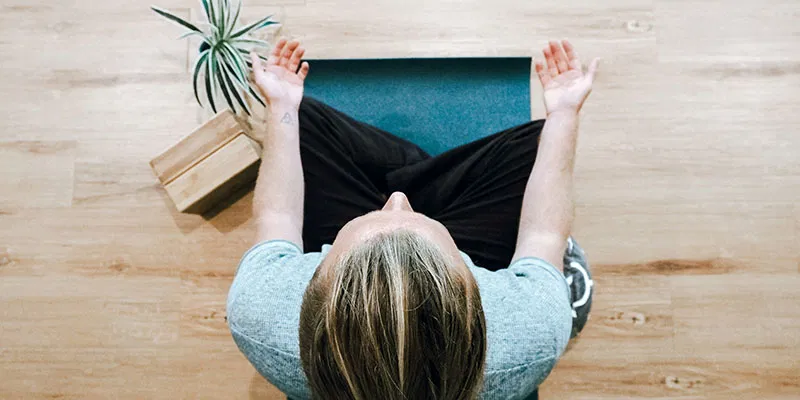
Overcoming Common Practice Challenges
Everyone faces obstacles. Here are a few common ones and how to handle them:
- “I don’t have time.” Start with one minute. Everyone has one minute.
- “I can’t concentrate.” That’s normal. Your job is just to notice when your mind has wandered and gently bring it back.
- “I feel sleepy.” Try sitting up straighter or practicing in a chair instead of lying down. You could also try a walking meditation.
- “I feel like I’m doing it wrong.” You can’t do it wrong. There is no perfect state to achieve. The practice is simply about returning your attention, again and again, with kindness.
Tracking Your Mindfulness Progress
How do you know if it’s “working”? Progress is often subtle. You might keep a simple journal, noting how long you practiced and what you observed. Over time, you may notice that you’re a little less reactive in stressful situations or that you’re sleeping better. You might find you can focus on tasks for longer periods. Be patient with yourself. The benefits accumulate slowly, building a foundation of greater calm and awareness over time.
I hope these techniques give you a clear and simple starting point. Mindfulness isn’t about adding another thing to your to-do list; it’s about finding small moments to be fully present in the life you’re already living.
For more thoughts on living with intention, feel free to explore more at www.notonetype.org

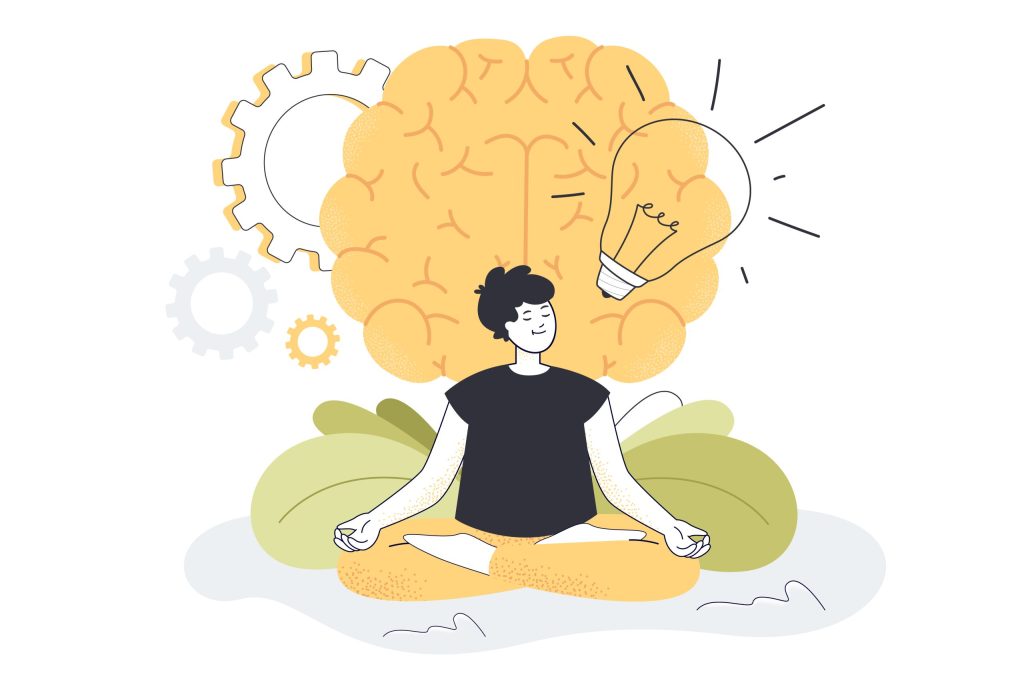
You may also like this
Three Minute Mindfulness: Quick Practices to Ground Yourself Anywhere
Three minute mindfulness practices offer a practical way to stay grounded without needing extensive time...
Nov
Mindfulness Breathing Exercises: 15 Simple Techniques to Reduce Stress and Find Calm
Mindfulness breathing exercises offer a simple yet powerful way to reduce stress, calm your mind,...
Nov
Mindful Relationships: Building Deeper Connections Through Present Awareness
Have you ever been in a conversation with your partner, but your mind was a...
Nov
Mindfulness at Work: A Practical Guide to Reducing Stress and Boosting Productivity
Have you ever finished a workday feeling completely drained, like you were busy all day...
Nov
How to Do Mindfulness Meditation: Step-by-Step Guide for Beginners
Mindfulness meditation has been a complete game-changer for me. It’s a simple yet incredibly powerful...
Nov
What Is Mindfulness: Definition, Benefits, and How to Practice Daily
Mindfulness is the basic human ability to be fully present, aware of where you are...
Nov